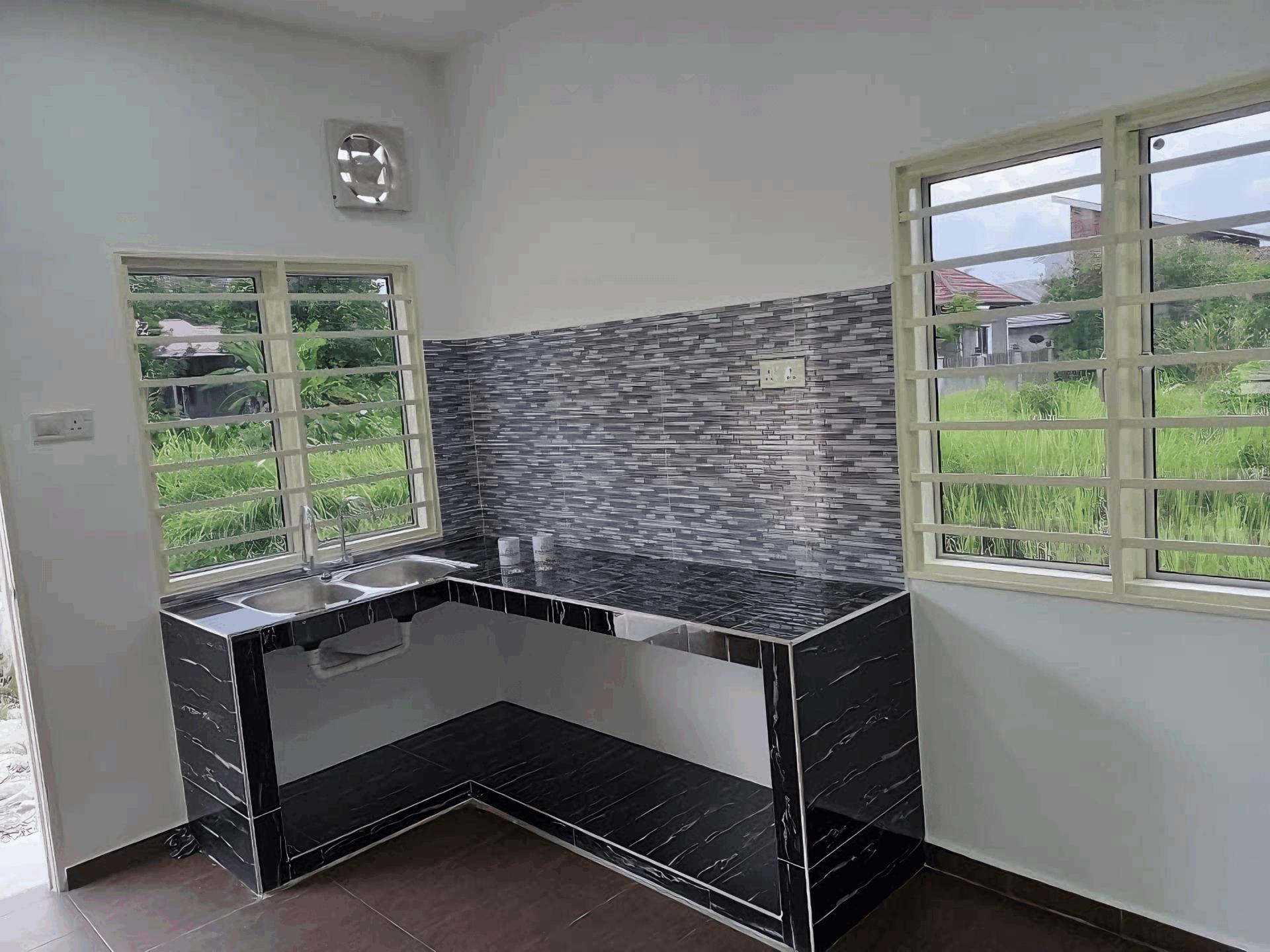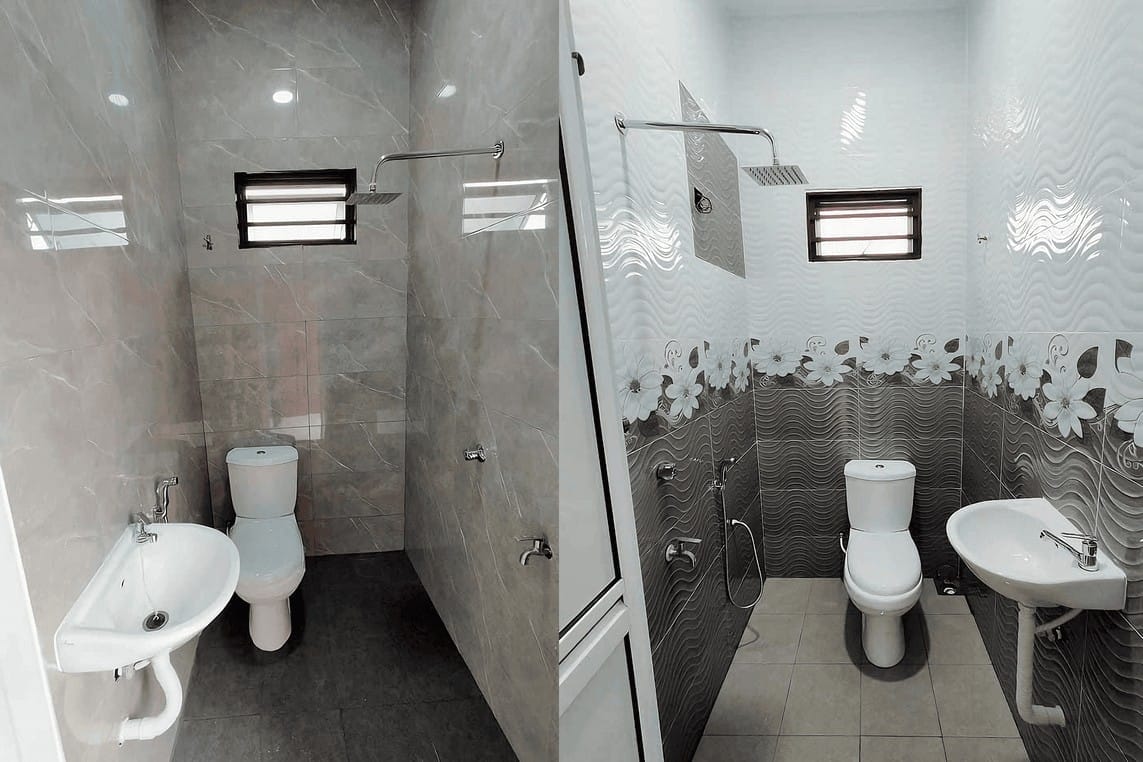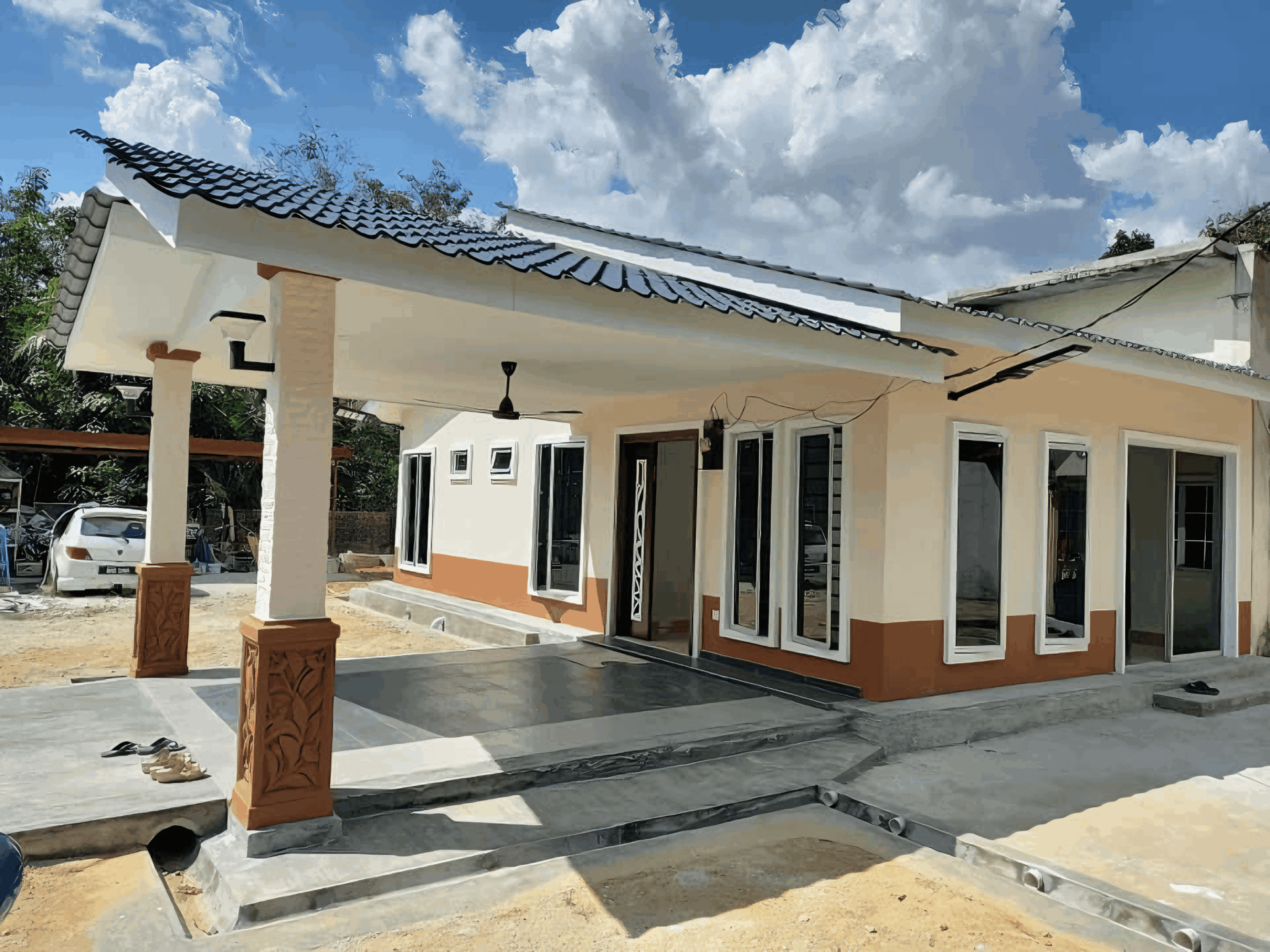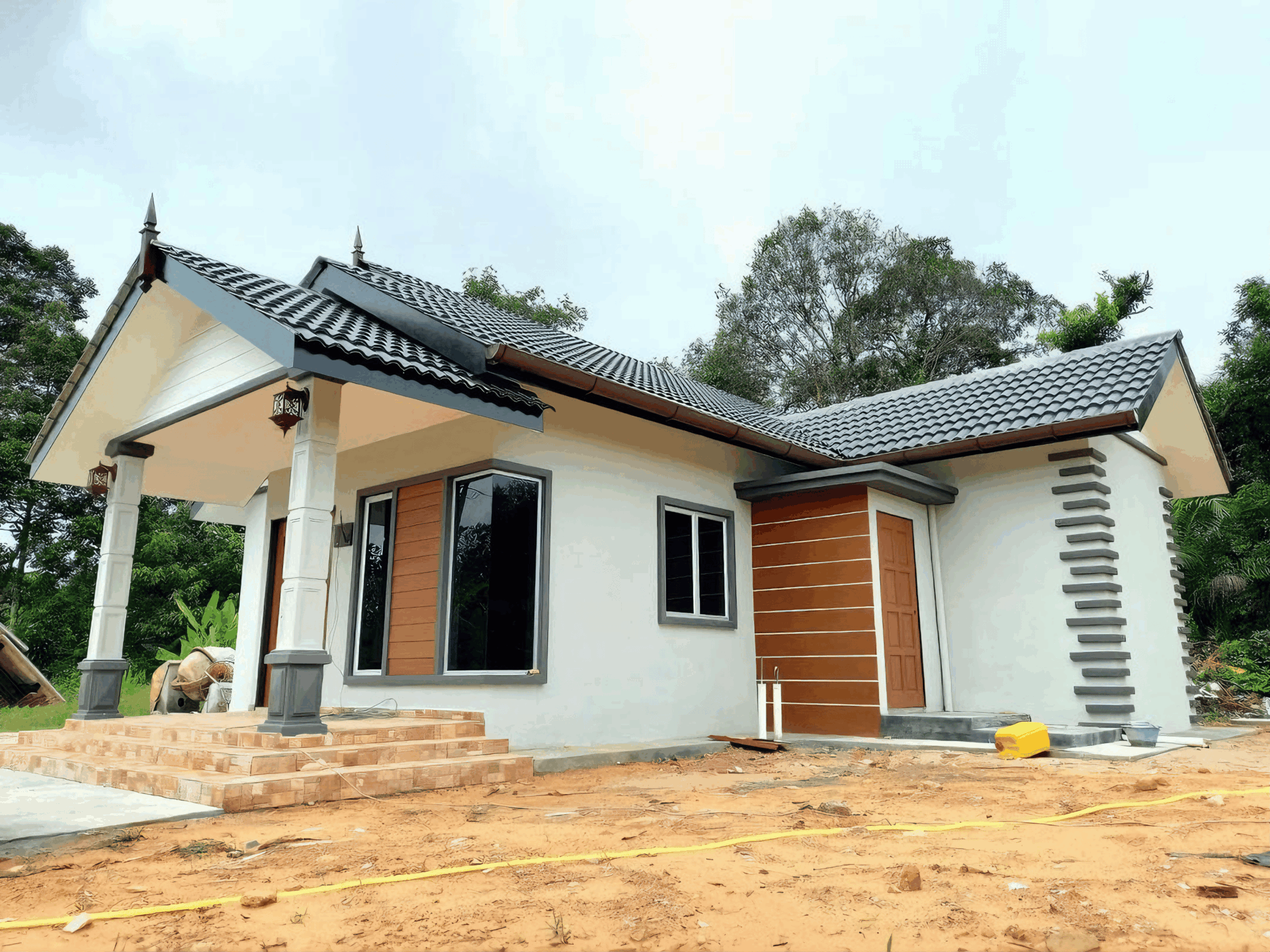
Blog
Why the Malaysian Government is Betting Big on Infrastructure Projects | RumahHQ

Hey there, fellow Malaysians! Ever noticed how our highways seem to be expanding faster than our social media feeds? It’s no coincidence. The Malaysian government is really putting its money where its mouth is when it comes to infrastructure projects. From sleek new rail systems to sprawling roads that promise to connect our beloved towns and cities like never before, there’s a lot more going on behind the scenes than we might realize. In this article, we’ll dive into why the government is making such a big bet on infrastructure right now, exploring the benefits, challenges, and what it all means for our everyday lives. So, grab a cup of kopi and let’s get into it!
Exploring the Vision Behind Malaysias Infrastructure Ambitions
The heartbeat of any nation often echoes through its infrastructure, and Malaysia is no exception. With an eye on sustainable growth, the Malaysian government is infusing significant resources into nationwide infrastructure projects. This ambitious blueprint aims to enhance connectivity, stimulate economic growth, and ultimately improve the quality of life for all Malaysians. Key objectives include:
- Boosting regional development through enhanced transportation networks
- Creating job opportunities and stimulating local economies
- Emphasizing green technologies and sustainable practices in construction
Understanding the vision is crucial. The government is focusing on smart cities, integrating technology to provide citizens with efficient public services and connectivity. Projects like the development of the Mass Rapid Transit (MRT) system and upgrades to highway networks reflect a commitment to adopting cutting-edge transportation solutions. This not only eases congestion but also aims to lower the carbon footprint, contributing to a greener environment for future generations.
This holistic approach seeks to forge a stronger bond between urban and rural areas, ensuring that no one is left behind. A notable example is the Pan Borneo Highway, which aims to enhance access between regions, making it easier for businesses and communities to thrive. The realization of this vision hinges on collaboration across sectors, fostering innovation and resilience to tackle any obstacles that lie ahead. Here’s a snapshot of some ongoing and upcoming key projects:
| Project Name | Location | Completion Date |
|---|---|---|
| Pan Borneo Highway | Borneo States | 2025 |
| MRT Line 2 | Kuala Lumpur | 2023 |
| East Coast Rail Link | East Coast to Kuala Lumpur | 2025 |

The Economic Impacts of Infrastructure Development on National Growth
The Malaysian government sees infrastructure development as a golden ticket to turbocharge the country’s economy. With strategic investments in roads, railways, and ports, the aim is not just to connect places, but also to enhance productivity, boost trade, and attract foreign investments. Improved infrastructure facilitates the smooth movement of goods and people, which in turn can lead to job creation and a higher standard of living for Malaysian citizens.
Moreover, infrastructure projects can significantly impact various sectors. Take a look at some of the key areas that benefit:
- Transportation: Better roads and railways reduce travel time and costs, enhancing logistics efficiency.
- Tourism: Upgraded airports and attractions make Malaysia more appealing to tourists, driving up revenue.
- Construction Sector: Infrastructure needs create numerous job opportunities, providing a boost to the local economy.
It’s worth noting that the ripple effects of these projects can be observed in both urban and rural areas. For example, once remote regions gain enhanced connectivity, local businesses can flourish and residents can access essential services more easily. The table below illustrates the expected economic benefits from major infrastructure initiatives:
| Infrastructure Project | Projected Economic Growth | Job Creation |
|---|---|---|
| High-Speed Rail | 5% Annual Growth | 30,000+ Jobs |
| New Ports Development | 7% Annual Growth | 15,000+ Jobs |
| Urban Transit Expansion | 4% Annual Growth | 20,000+ Jobs |

Connecting Communities: The Social Benefits of Enhanced Infrastructure
Investing in infrastructure isn’t just about concrete and steel; it’s deeply tied to our people’s well-being and social fabric. Enhanced roads, public transport, and community spaces create opportunities for interaction and collaboration. When we see better connectivity, we can expect a ripple effect that boosts local economies, encourages the development of small businesses, and fosters a greater sense of community belonging. People become more inclined to explore their neighborhoods, engage with local artisans, and support farmers’ markets, all of which strengthens the ties between residents.
Take a moment to consider the social benefits that come with improved infrastructure:
- Accessibility: Better roads and public transport mean that everyone can reach essential services, from healthcare to education.
- Employment Opportunities: Upgraded infrastructure projects often create jobs during and after their completion, providing locals with essential income.
- Community Events: Spaces designed for gatherings can lead to a vibrant calendar of events that bring neighbors together.
To visualize how infrastructure can uplift communities, let’s look at a simple comparison of pre-and post-infrastructure project scenarios:
| Factors | Before Projects | After Projects |
|---|---|---|
| Community Engagement | Low | High |
| Access to Services | Limited | Improved |
| Small Business Growth | Slow | Rapid |

Sustainability in Construction: Balancing Progress with Environmental Responsibility
In recent years, the construction industry in Malaysia has experienced a significant transformation as the government places increased emphasis on sustainable practices. Initiatives focusing on eco-friendly materials, energy-efficient designs, and waste reduction are becoming the norm rather than the exception. The integration of green technologies not only aligns with global sustainability goals but also boosts the local economy by creating new job opportunities and increasing competency in modern construction methods.
One way to ensure that projects remain environmentally responsible is through the adoption of Building Information Modeling (BIM). This innovative approach allows for greater precision in planning, leading to reduced material wastage and improved energy efficiency. Furthermore, by utilizing renewable energy sources such as solar panels and rainwater harvesting systems in new developments, projects can significantly lower their carbon footprint. Community engagement is also essential; involving local populations in decision-making processes helps to create a shared vision for sustainable development.
To effectively measure the impact of these initiatives, the government has established benchmarks for assessing sustainability in infrastructure projects. For example, projects can be evaluated based on criteria such as:
| Criteria | Measurement Approach |
|---|---|
| Energy Efficiency | Using energy modeling software to analyze consumption |
| Material Sustainability | Evaluating the origins and lifecycle of materials used |
| Waste Reduction | Tracking waste generated and recycled on-site |
By committing to these standards, the Malaysian government is paving the way for a construction industry that prioritizes the health of our planet while fostering economic growth. Balancing these two aspects is vital for future generations and underscores the nation’s dedication to innovative solutions that meet today’s needs without compromising tomorrow’s aspirations.

Public-Private Partnerships: A Model for Successful Infrastructure Investment
The Malaysian government’s push for infrastructure development highlights the growing importance of collaboration between public and private sectors. These partnerships act as a catalyst for innovation, bringing together the strengths of both entities to tackle complex projects. By pooling resources, expertise, and risk, the government can deliver vital infrastructure that enhances connectivity and boosts the economy. Public-private partnerships (PPPs) not only encourage investment but also allow for shared accountability, ensuring that projects meet timelines and budgets efficiently.
One notable aspect of PPPs is that they can often accelerate project timelines while maintaining quality standards. Key advantages include:
- Access to private sector expertise and technology
- Increased funding sources beyond traditional government budgets
- Improved risk management through shared responsibilities
- Enhanced innovation in project development and execution
These factors contribute to more effective project delivery, essential for Malaysia’s ambitious infrastructure agenda.
As the government embarks on these infrastructure endeavors, it’s essential to monitor the outcomes to ensure that community needs are prioritized. A well-structured framework for PPPs helps align public interest with private investment goals, fostering an environment of trust. To gauge the progress of ongoing projects, consider the following table highlighting some key initiatives:
| Project Name | Estimated Cost (RM) | Status |
|---|---|---|
| Klang Valley Mass Rapid Transit (MRT) Line 2 | 60 Billion | In Progress |
| Pan Borneo Highway | 29.73 Billion | Ongoing |
| East Coast Rail Link (ECRL) | 50 Billion | Under Review |

Technological Innovations Driving Malaysias Infrastructure Future
As Malaysia steps into a new era of development, the integration of technological innovations into infrastructure projects is becoming a game changer. Smart technologies are not just enhancing efficiency but also improving sustainability. Key initiatives include:
- Smart Traffic Management Systems: Utilizing AI to optimize traffic flow and reduce congestion.
- Renewable Energy Integration: Solar panels and wind turbines are being installed in public buildings to power infrastructure sustainably.
- Digital Twin Technology: Creating virtual replicas of physical assets to monitor and maintain them more effectively.
Innovations such as Building Information Modeling (BIM) and cloud-based project management systems are streamlining communication among stakeholders. This results in better project coordination and significantly cuts down on delays and cost overruns. By embracing these digital tools, Malaysian construction firms are ramping up their capabilities to handle complex infrastructure demands. The benefits include:
- Enhanced Collaboration: Seamless sharing of information leads to quicker decisions.
- Cost Efficiency: Reduced wastage and optimized resource allocation drive down overall expenses.
- Improved Safety Standards: Predictive analytics help in anticipating potential hazards before they become issues.
Moreover, the shift towards green technology reflects Malaysia’s commitment to sustainable development. The government’s focus on smart cities and eco-friendly transportation solutions demonstrates a holistic approach to modernizing infrastructure while keeping environmental concerns at the forefront. Some notable projects include:
| Project Name | Key Features | Expected Completion |
|---|---|---|
| Iskandar Malaysia | Smart Mobility Solutions | 2025 |
| Kuala Lumpur Eco City | Green Buildings & Parks | 2024 |
| Penang Transport Master Plan | Integrated Transport Networks | 2026 |

Evaluating Risks and Challenges in Large-Scale Projects
When diving into large-scale infrastructure projects, it’s essential to recognize the multitude of risks and challenges that come with the territory. These initiatives often involve substantial financial outlays, making it crucial to understand potential pitfalls. For the Malaysian government, keeping a close eye on these risks can mean the difference between success and failure. Some common concerns include:
- Budget overruns: Unforeseen expenses can quickly escalate costs, undermining the original financial projections.
- Construction delays: Weather conditions, labor strikes, or unforeseen technical challenges can disrupt timelines.
- Political changes: Shifts in government or policy can lead to modifications or cancellations of projects.
Moreover, stakeholder engagement plays a pivotal role in anticipating and mitigating risks. When different agencies, contractors, and the community aren’t aligned, it can lead to misunderstandings and setbacks. Effective communication strategies need to be in place to keep all parties informed and engaged. This requires not just meetings and reports, but also a culture of collaboration where feedback is actively sought and addressed. Think of it like a large orchestra, where every instrument must harmonize to create a beautiful symphony.
| Risk Factor | Impact Level | Mitigation Strategy |
|---|---|---|
| Budget Overrun | High | Regular financial audits and contingency funds |
| Construction Delays | Medium | Flexible project scheduling and advanced planning techniques |
| Political Changes | High | Engagement with policymakers and building bipartisan support |

Strategies for Ensuring Long-Term Success in Infrastructure Development
To ensure long-term success in infrastructure development, a holistic approach that encompasses strategic planning, stakeholder engagement, and sustainable practices is vital. First, comprehensive assessments must be conducted to evaluate existing infrastructure and future needs. This involves not just looking at current demographics and traffic patterns but also considering future growth trends. By investing time in research, the government can pinpoint which projects will yield the greatest benefit for most citizens and allocate resources efficiently.
Next, collaboration with local communities and private entities can significantly enhance project outcomes. By fostering transparent communication channels, the government can engage citizens in meaningful dialogue, gathering feedback and insights that might otherwise be overlooked. Additionally, encouraging public-private partnerships (PPPs) can mobilize private investments while sharing risks and rewards. Collaborating with tech companies can also help integrate smart technologies, improving service delivery and maintenance efficiency in newly developed infrastructure.
Lastly, sustainability should be at the forefront of all infrastructure initiatives. Embracing green construction techniques and utilizing renewable resources not only helps combat climate change but can also reduce long-term operational costs. Investing in resilient designs that can withstand the impacts of natural disasters is crucial for the longevity of infrastructure projects. Setting up monitoring frameworks will allow for timely assessments and innovations, ensuring that infrastructure continues to meet the evolving needs of the Malaysian population as the years go by.
Concluding Remarks
As we wrap up our journey through the Malaysian government’s ambitious infrastructure projects, it’s clear that this isn’t just about building roads and bridges. It’s about laying down the foundations for a brighter future for all Malaysians. With the government stepping up and investing big bucks, we can expect some exciting changes. Not only do these projects aim to boost our economy, but they also promise to connect communities, create jobs, and improve our everyday lives.
Of course, like any grand plan, there will be challenges along the way—navigating environmental concerns, ensuring transparency, and making sure everyone reaps the benefits. But with a clear vision and commitment, there’s no doubt we could be looking at a stronger, more connected Malaysia.
So, as we watch these plans unfold, let’s stay engaged and make our voices heard. After all, a thriving infrastructure isn’t just about bricks and mortar; it’s about us, the people, and how we can shape our country’s future together. Keep your eyes peeled, Malaysia—exciting times are ahead!
kontraktor rumah
bina rumah
pinjaman lppsa
pengeluaran kwsp
spesifikasi rumah
rumah batu-bata
pelan rumah
rekabentuk rumah
bina rumah atas tanah sendiri
kontraktor rumah selangor
rumah banglo
Source link











